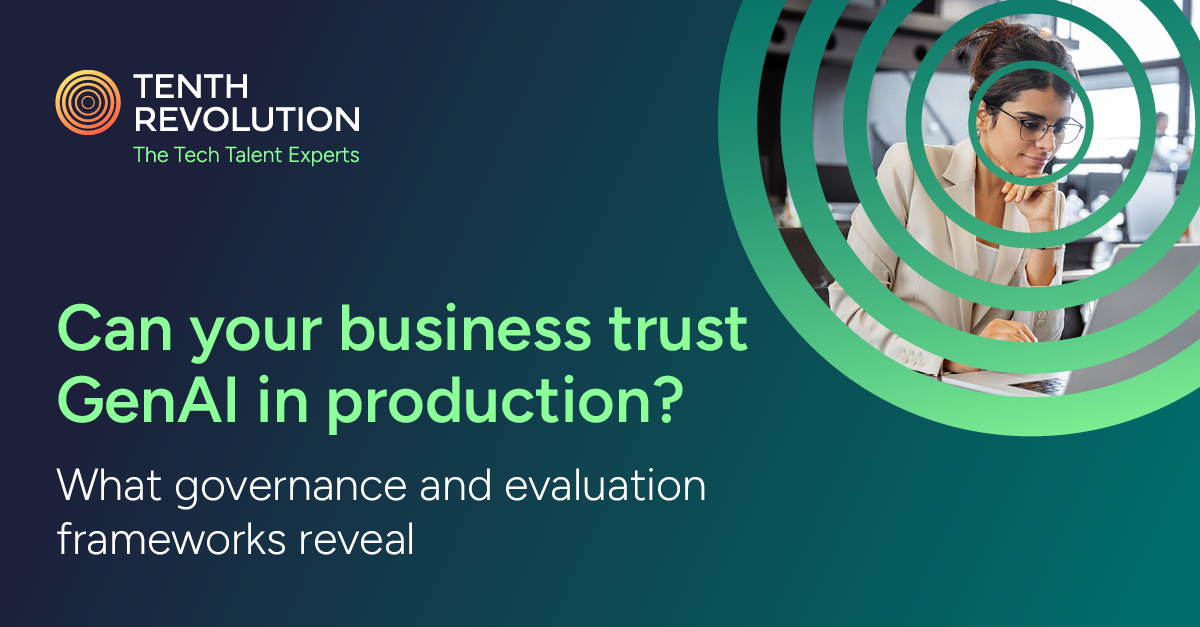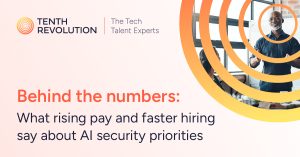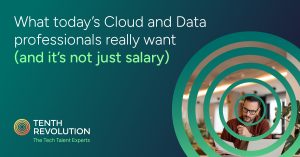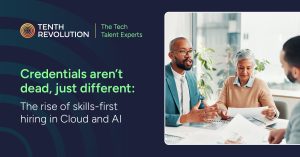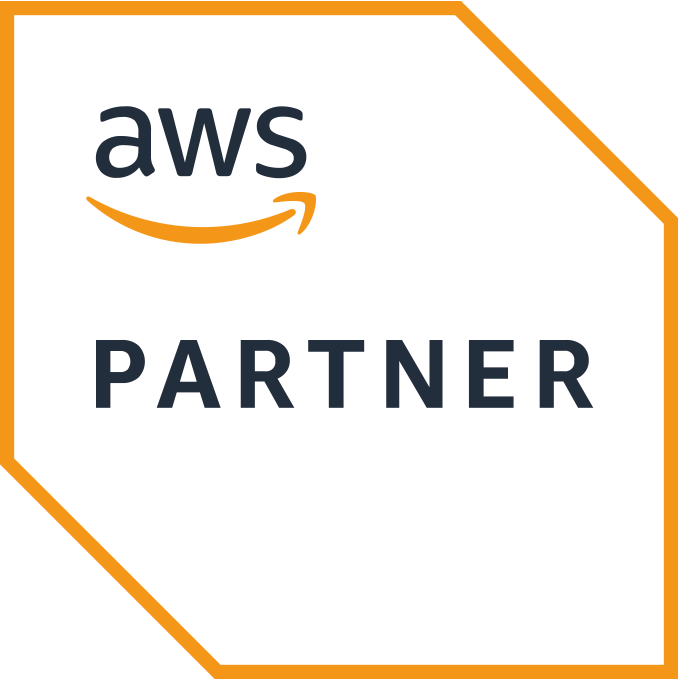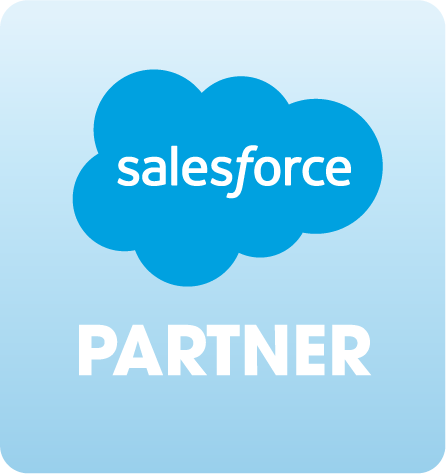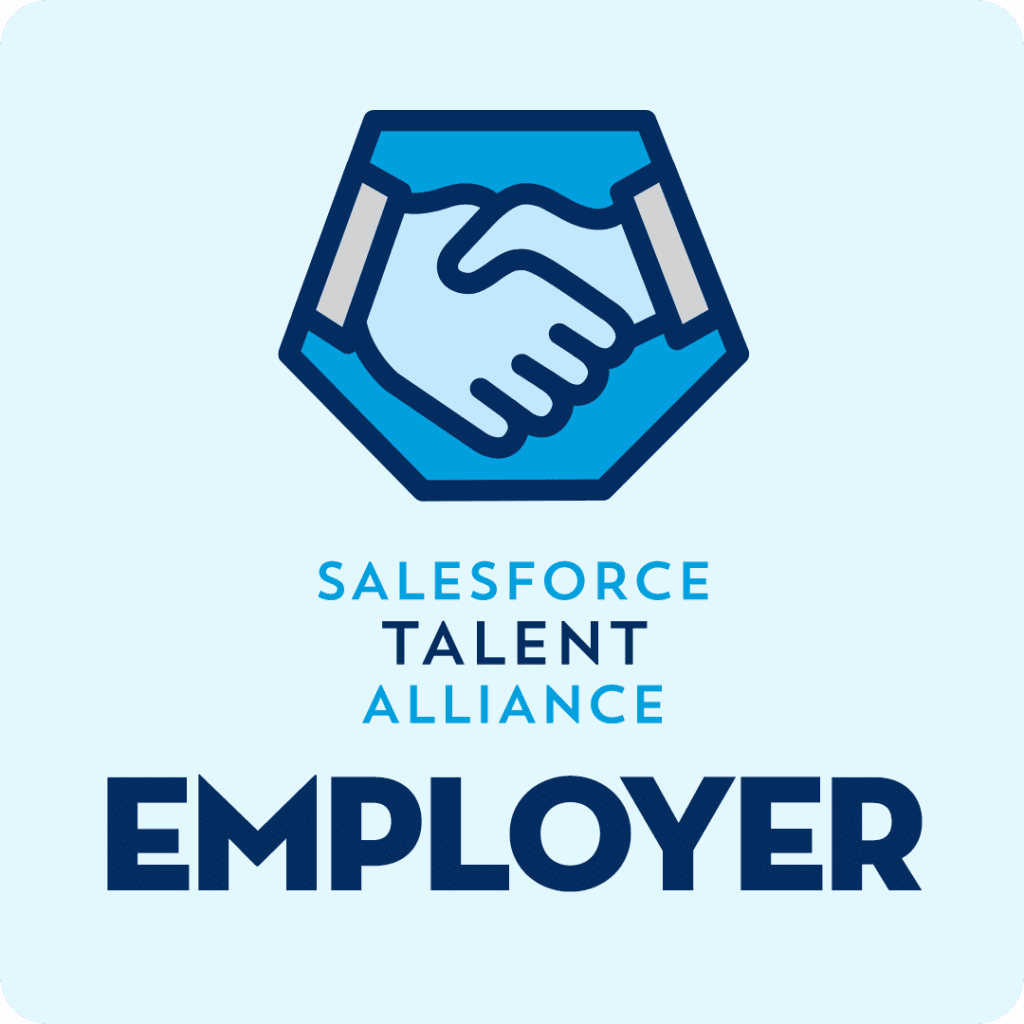Generative AI has already proven it can spark creativity, automate tasks, and accelerate decision-making.
But moving it from pilots to production is a much bigger test.
Executives are now asking tougher questions: How can we evaluate model outputs with confidence? What frameworks ensure compliance with new regulations? And how do we keep costs under control once agents and retrieval-augmented generation (RAG) systems scale?
The reality is that trust in GenAI does not come from the model alone. It comes from the governance and evaluation structures wrapped around it.
Why enterprises are demanding stronger guardrails
For much of the past two years, experimentation has dominated enterprise AI adoption. Different teams built small-scale pilots: customer service bots here, document summarization tools there. Each project was judged mainly on novelty or efficiency rather than risk.
That stage is ending. As soon as GenAI touches customers, regulators, or critical decisions, leadership wants reassurance that outputs are accurate, explainable, and safe. New obligations like the EU AI Act, along with sectoral guidance in financial services and healthcare, are reinforcing that demand.
Enterprises are now realizing that governance is not a layer to add later. It must be embedded in the design of GenAI platforms from day one.
Strong guardrails start with the right people. Tenth Revolution Group can connect you with trusted technology talent in governance, data, and AI engineering who know how to embed compliance into GenAI systems.
The role of RAG 2.0 in building trust
One of the biggest developments enabling production-ready GenAI is retrieval-augmented generation 2.0 (RAG 2.0). Early RAG approaches improved model accuracy by feeding enterprise data into prompts, but results were inconsistent.
RAG 2.0 introduces a suite of techniques that significantly raise reliability:
- Hierarchical chunking to preserve context and reduce irrelevant retrievals.
- Hybrid search that combines semantic and keyword methods for more precise matches.
- Multi-hop retrieval to handle complex queries requiring layered reasoning.
- Feedback loops that improve retrieval quality over time.
These features make RAG pipelines far more dependable for business use cases. Whether it‘s compliance queries in banking, legal research in professional services, or technical support in software, RAG 2.0 grounds answers in trusted sources.
But even with these improvements, leaders cannot assume accuracy. RAG pipelines must still be evaluated continuously, with monitoring in place to detect drift, bias, or degraded performance.
Agents in production: Promise and pitfalls
Another leap forward in 2025 is the shift from GenAI answering questions to GenAI agents completing tasks. Instead of summarizing a customer complaint, an agent can log into a CRM, update records, issue refunds, and trigger follow-up workflows.
The upside is clear: agents deliver end-to-end productivity. But the risks scale too. Without controls, an agent could execute incorrect instructions, introduce compliance breaches, or trigger unnecessary costs.
This is why evaluation frameworks matter. Agents must be tested not just on accuracy of output, but on the safety and appropriateness of actions. Enterprises that lack this governance layer are taking unnecessary risks with their reputation and budgets.
Evaluation frameworks that enterprises rely on
When leaders ask, “Can we trust GenAI in production?” the answer comes from how well outputs are evaluated. Strong frameworks include:
- Accuracy and consistency metrics. Tracking hallucination rates, fact alignment, and retrieval relevance.
- Brand alignment and tone analysis. Ensuring generated content reflects company standards.
- Bias detection. Proactively testing models for discriminatory or non-compliant responses.
- Cost monitoring. Measuring token consumption, inference latency, and infrastructure usage.
- Maintaining logs that show what data was retrieved, how prompts were constructed, and why outputs were generated.
Together, these elements form the foundation of responsible scaling. They reassure executives, regulators, and customers that GenAI systems are not black boxes but transparent, governed tools.
Evaluation is not just about technology. It requires skilled professionals in data science, compliance, and engineering. Tenth Revolution Group provides access to professionals who can design and implement these frameworks for your business.
Keeping costs under control
Beyond accuracy and compliance, leaders face another practical challenge: cost unpredictability. Training may be expensive, but inference is where the budget often spirals. Every agent request consumes tokens, GPU cycles, and networking bandwidth. At scale, uncontrolled usage can turn into a board-level concern.
Enterprises are responding with FinOps-style governance for AI:
- Usage caps and alerts to prevent runaway token consumption.
- Cost attribution to tie spend back to teams, models, or products.
- Multi-model routing to send low-value queries to cheaper models and preserve premium capacity for critical workloads.
- Dynamic scaling to handle bursts in demand without overprovisioning.
These practices turn GenAI infrastructure from a financial liability into a manageable, strategic investment.
What executives should do now
For CFOs, CIOs, and COOs, the question is not whether to bring GenAI into production but how to do it responsibly. The priorities are clear:
- Map governance requirements early. Don’t wait for final regulatory texts—treat AI governance as part of enterprise risk management now.
- Adopt RAG 2.0 pipelines. Invest in retrieval systems that deliver fact-grounded outputs and scale consistently.
- Pilot agents with guardrails. Start with low-risk workflows and embed evaluation frameworks before scaling to critical processes.
- Build an AI cost observability layer. Connect spend directly to workloads and outcomes.
- Invest in people as well as tools. Governance and evaluation require talent who understand both the technical and business sides of AI.
The companies that take these steps will move from experimentation to execution while protecting their reputation, budgets, and compliance posture.
Looking ahead
GenAI is moving fast, and enterprises no longer have the option to sit back and watch. The combination of agents, RAG 2.0, and evaluation frameworks is creating the conditions for AI to scale safely. Those who embed governance and cost discipline now will unlock competitive advantage. Those who delay risk fragmented adoption, rising costs, and regulator attention, leaving their AI programs vulnerable and unsustainable.
The answer to “Can we trust GenAI in production?” is yes. But only if governance, evaluation, and cost frameworks are in place.

